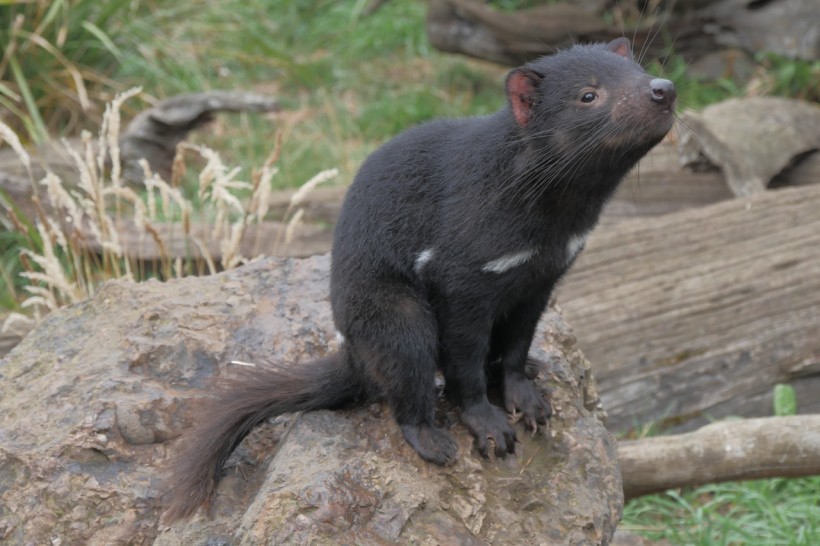In Australia, the large island southeast of the mainland is home to the Tasmanian devil (Sarcophilus harrisii), the world's largest carnivorous marsupial. Three decades ago, the devil facial tumor disease (DFTD) emerged on the island of Tasmania. Since then, it has killed up to 80% of Tasmanian devils, raising concerns that the disease could make the animals go extinct.

The deadly contagious cancer can get transferred from animal to animal. It skips ahead of the marsupial's immune system due to the production of major histocompatibility complex class I (MHC-1) proteins. The immune system uses these molecules to recognize harmful invaders. The vaccine targets one of the two forms of the disease to make the tumor cells more visible to the immune system.
Cancer-Fighting Mechanism of DFTD Vaccine
Wildlife immunologist Andrew Flies from the University of Tasmania in Hobart led a study aimed at developing a vaccine against devil facial tumor disease. Their vaccine was inspired by the release of COVID-19 jabs from biotechnology companies AstraZeneca and Johnson & Johnson, which use similar technology in developing their injections.
Like the vaccine developed against COVID-19, the DFTD vaccine is transferred into cells by an adenovirus, the type of pathogen that causes mild cold-like symptoms in humans. The adenovirus has been genetically modified to prevent it from multiplying or causing disease. Such viruses can effectively serve as delivery vehicles for jabs because they can break into cells.
Upon entering the cells of the iconic Australian marsupials, the DFTD vaccine causes them to make proteins that are present in tumor cells but not most healthy cells. Such proteins train the immune system to identify tumor cells as foreign bodies. During the tumor invasion, the immune system's memory of the vaccine proteins will stimulate its cells to express MHC-1, allowing the immune system to detect them easily and initiate an attack.
On June 14, a license was issued by Australia's Office of the Gene Technology Regulator (OGTR) authorizing Flies and his team to test the DFT1 jabs on 22 healthy Tasmanian devils in captivity. Only the marsupials that are free from the disease and do not have remnants of the vaccine in their systems can be released back into the wild after the trial.
READ ALSO: After 3,000 Years, First Tasmanian Devil Born in Wild Australian Mainland
What is Devil Facial Tumor Disease?
The devil facial tumor disease is a fatal condition in Tasmanian devils characterized by the emergence of obvious tumors in the face. This type of cancer is identified as an aggressive non-viral, transmittable parasitic disease.
DFTD starts as small lesions or lumps in and around the animal's mouth and quickly develops into large tumors on the face and neck. Since the tumors are locally aggressive, they destroy the underlying bone of the jaw, interfering with the animal's feeding. As a result, the affected marsupial can starve to death. The disease is unusual because the infectious agent is the cancer cell itself. It can also be passed through direct contacts, such as biting associated with sexual intercourse and fighting.
RELATED ARTICLE: Conservation and Relocation of Tasmanian Devils Endanger Local Little Penguin Population and Threatens Bird Species
Check out more news and information on Cancer in Science Times.














